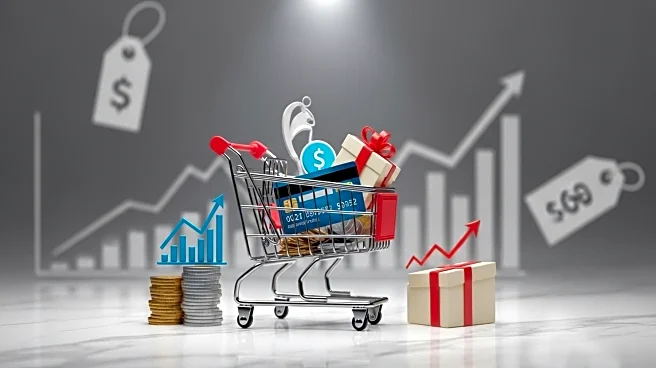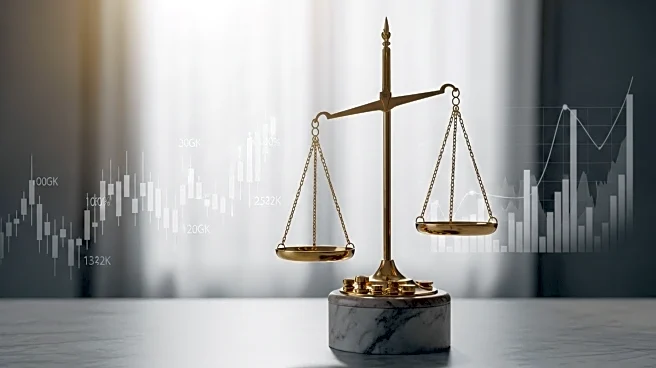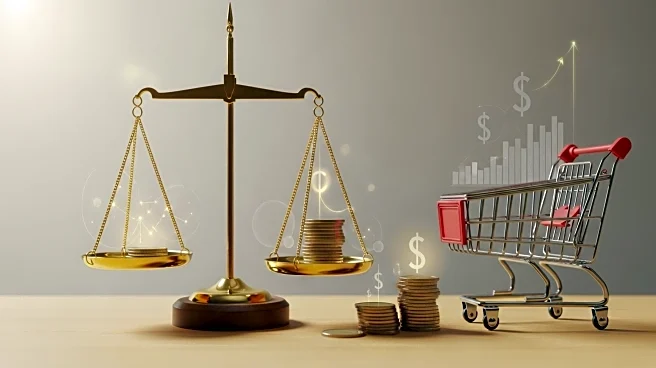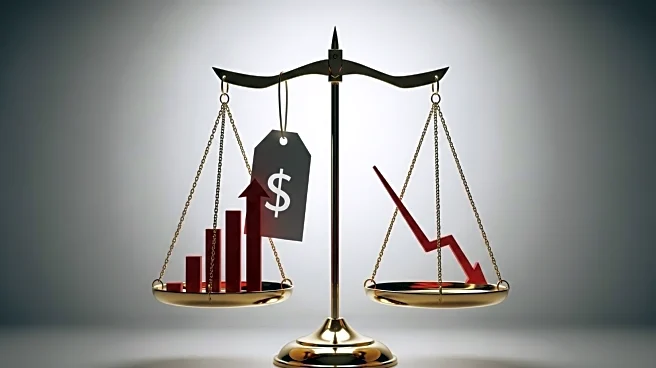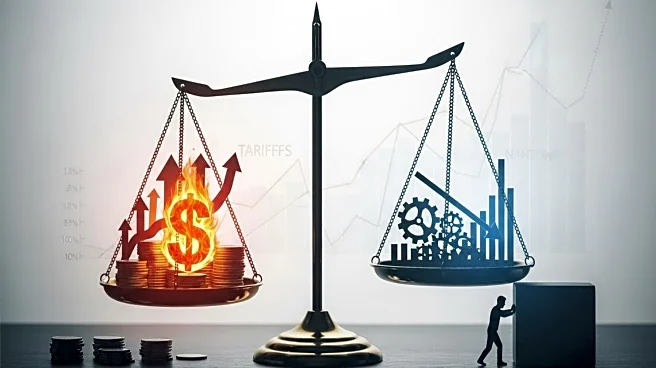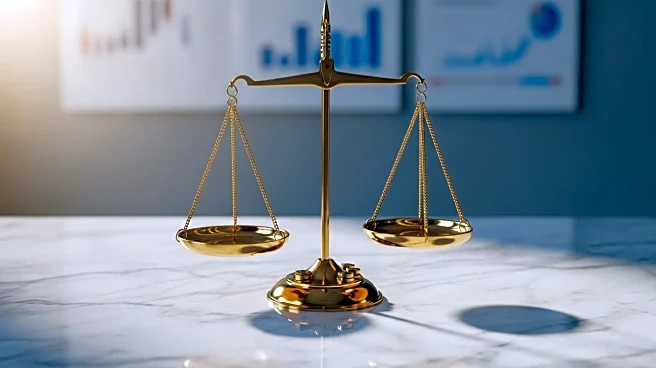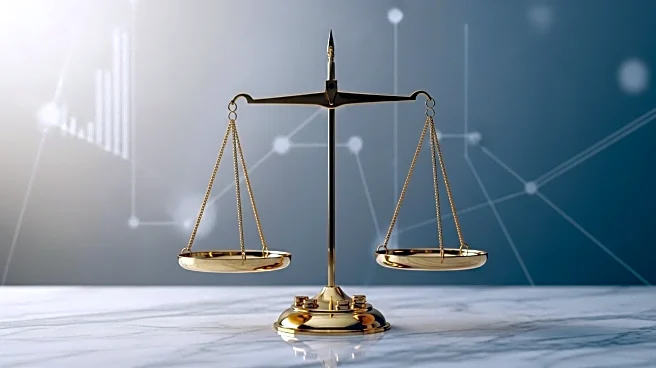What's Happening?
The U.S. Commerce Department reported a significant increase in consumer spending for July, marking the largest rise in four months. Consumer spending, which constitutes over two-thirds of U.S. economic activity, grew by 0.5% following a revised 0.4% increase in June. This growth was driven by motor vehicle purchases and spending on recreational goods, clothing, and household equipment. However, spending on gasoline and energy goods declined. The report also highlighted a 22.1% surge in the goods trade deficit, reaching $103.6 billion, as imports increased significantly. Despite these developments, economists anticipate the Federal Reserve will proceed with a rate cut in September due to softening labor market conditions.
Why It's Important?
The increase in consumer spending is a positive indicator for the U.S. economy, suggesting robust domestic demand. However, the rise in services inflation and the growing trade deficit present challenges. The inflationary pressures, partly due to tariffs, could impact consumer prices and purchasing power. The Federal Reserve's potential rate cut aims to address labor market risks, but it must balance this with inflation concerns. The economic landscape is further complicated by the trade deficit, which could offset some GDP growth benefits from consumer spending. Businesses and policymakers must navigate these dynamics to sustain economic growth.
What's Next?
The Federal Reserve is expected to cut interest rates by 25 basis points in its upcoming September meeting, as indicated by Fed Chair Jerome Powell. This decision will be influenced by ongoing labor market risks and inflationary pressures. Businesses may need to adjust pricing strategies in response to tariffs and rising costs. Additionally, the trade deficit's impact on GDP growth will be closely monitored. Stakeholders, including policymakers and industry leaders, will need to consider these factors in their economic planning and decision-making processes.
